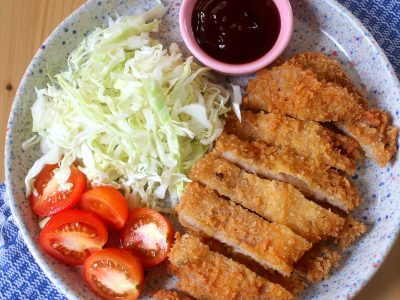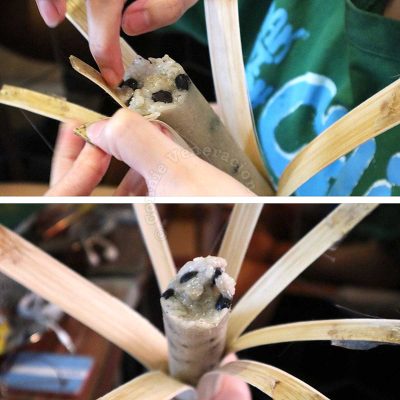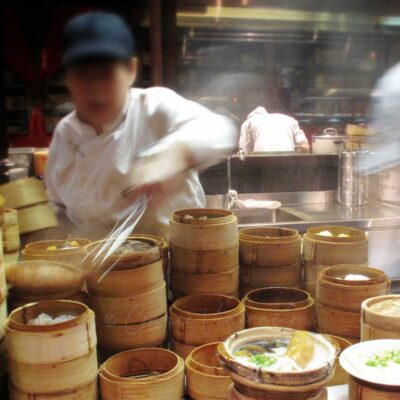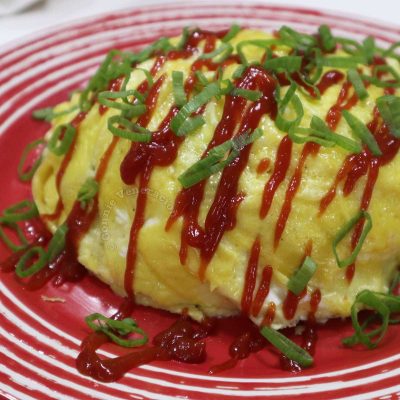Thick and beautifully marbled pork steaks are cooked Japanese katsu-style then brushed with a mixture of hoisin sauce, gochujang, soy sauce, oyster sauce and sesame oil.
Tonkatsu is Japanese, hoisin sauce is Chinese and gochujang is a Korean chili paste. What’s the ethnicity of this dish? Asian, definitely. And it’s just one of the many ways we serve tonkatsu at home. There are more in my arsenal but I’ll reserve those for another time. Let’s talk about this dish first.
What makes this fried pork dish different from tonkatsu? Well, it might be more logical to first point out that it is tonkatsu except that the panko-crusted pork is brushed with a thick paste that is all at once sweet, spicy and salty with a hint of nuttiness. The sweetness is provided by hoisin sauce, the heat is from gochujang, we have soy sauce and oyster sauce for saltiness and lovely umami flavors, and finally there’s sesame seed oil plus sesame seeds for that incomparable nutty taste and aroma.
But brushed? Yes, the sauce is brushed on the surface of the tonkatsu repeatedly at two-to-three-minute intervals. It’s a technique used by Bon Chon if you’re familiar with the fried chicken chain. This isn’t a fried chicken dish but the technique works just as perfectly. Brushing the sauce on the pork, as opposed to drowning the cooked meat in a bowl of sauce, means a light and even glaze.
Whether you want to try this tonkatsu variant for its tantalizing flavor profile or it’s brushing the sauce that intrigues you, you’ll have to start with the basic tonkatsu recipe which is provided below.
Tonkatsu
It’s Japanese fried panko-coated pork cutlet. Golden and ultra crisp, it is served with tonkatsu sauce made with Worcestershire sauce, ketchup, oyster sauce and sugar.
Once your tonkatsu is cooked, lay on a rack and make the glaze by mixing together hoisin sauce, oyster sauce, soy sauce, gochujang and sesame seed oil.
There really is no rule here about ratio. It’s all about what you want more pronounced. For best results, start with equal amounts of hoisin sauce and gochujang, then add soy sauce and oyster sauce until you get the flavor balance that pleases your taste buds. If you like the glaze to be decidedly sweet, use more hoisin sauce. Need more heat? Stir in additional gochujang. Then, drizzle in a little sesame seed oil and mix well.
When you’ve mixed the glaze, brush it on the tonkatsu. Top, bottom and sides. Leave to allow the glaze to cling to the breadcrumbs for two to three minutes, then brush a second time. After two minutes, brush a third coating.
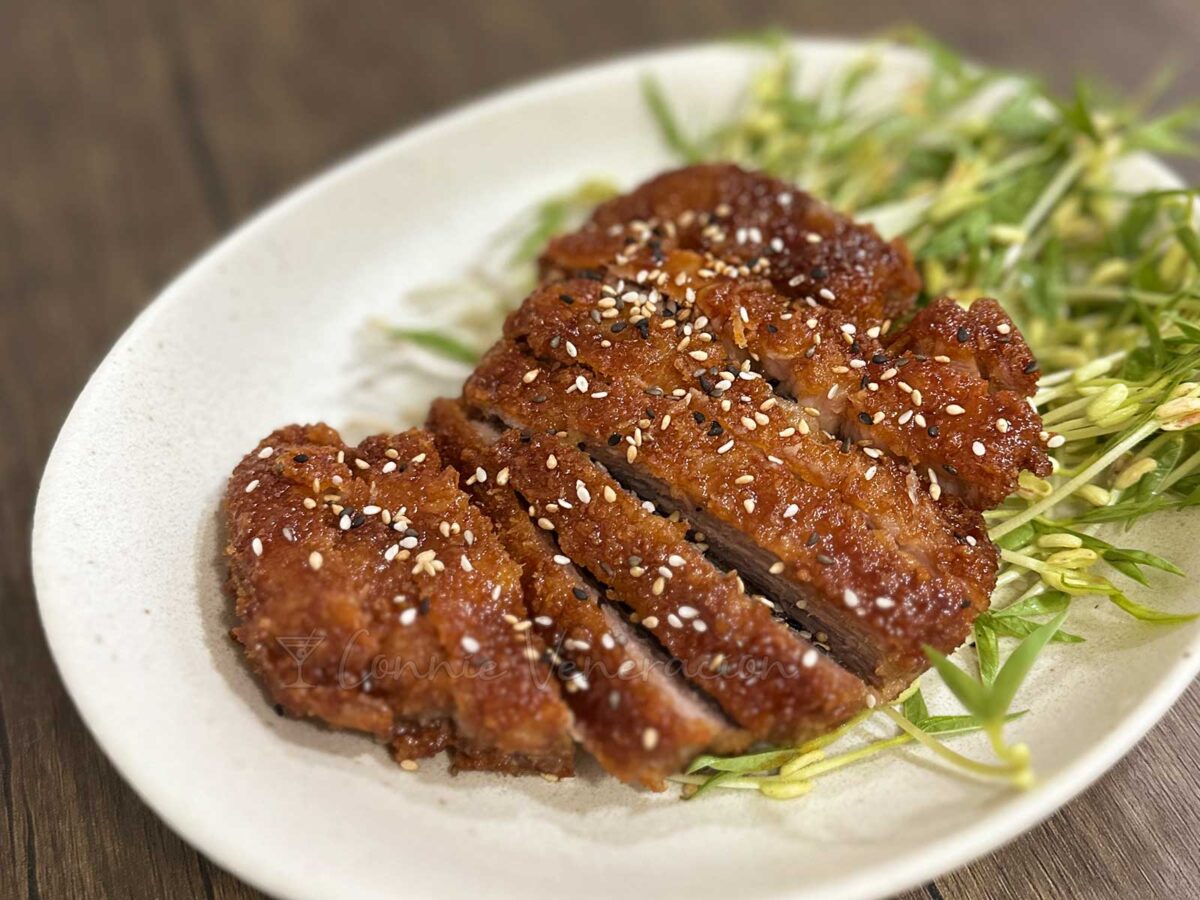
Optionally, cut the glazed tonkatsu into strips and sprinkle with toasted sesame seeds before serving.


